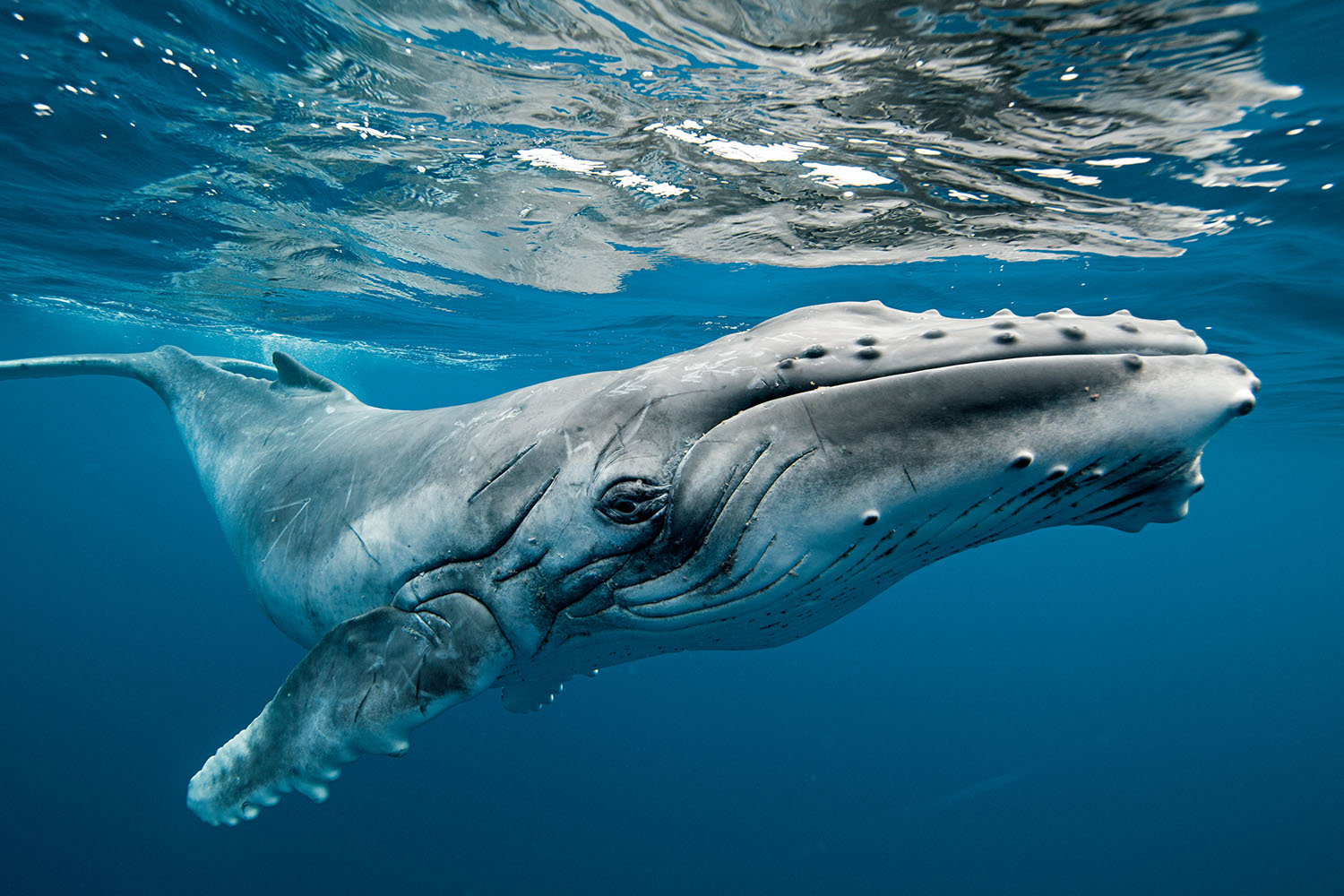
With all the talk of koalas becoming “functionally extinct” as the Australian bushfires continue to ravage the nation for a third month, discovering that the humpback whale’s population might have turned a corner is encouraging.
After coming close to extinction, the humpback whale population in the western South Atlantic (WSA) has made an impressive comeback. Documented in the 1960s as a species at risk, the populations had thinned out to less than 500, making them in today’s terms, “functionally extinct.”
According to a new study published in Royal Society Open Science, the WSA humpbacks had suffered from “the first major target of commercial whaling in the Antarctic.” Today, according to the Smithsonian, the population has grown from around 440 WSA humpback whales to roughly 24,900.
The remarkable turnaround is thanks to the strong protections put in place in the 1960s to curb the whaling trade. This came after 300,000 humpback whales were slaughtered between the late 1700s and mid-1900s. According to the researchers, the latest population boom puts whaling numbers to where they were prior to large-scale commercial whaling.
The lead author on the study of the whales’ recovery, marine biologist Alexandre Zerbini of the National Oceanic and Atmospheric Administration (NOAA), hopes the recovery will serve as a potential model for helping other animals on the brink of extinction.
“I hope it serves as an example that we can do the same thing for other animal populations.”
In 2006, a global survey had found that the WSA populations had only recovered by 30 percent. The worrying number led marine biologists to believe that the chance of recovery from a mass slaughter taking place over centuries had left the humpback whales little chance of rescue.
But Zerbini happily admits to how wrong the scientific community has been.
“I expected the recovery to be higher than we’d estimated in 2006 … but I wasn’t expecting the almost full recovery we found.”
And the news gets better, with the Royal Society study declaring that the whale populations should reach pre-hunting levels if we keep the human threat at bay.
“The population status is much more optimistic than previously thought and abundance should reach its pre-exploitation level within the next 10 years or so, assuming mortality from anthropogenic threats remains low.”
However, between climate change catastrophes and an impending shifting of poles, record-breaking temperatures in the Arctic have devastated marine life food sources, particularly for the whales.
But Zerbini remains hopeful:
“This is a clear example that if we do the right thing, then the population will recover.”





